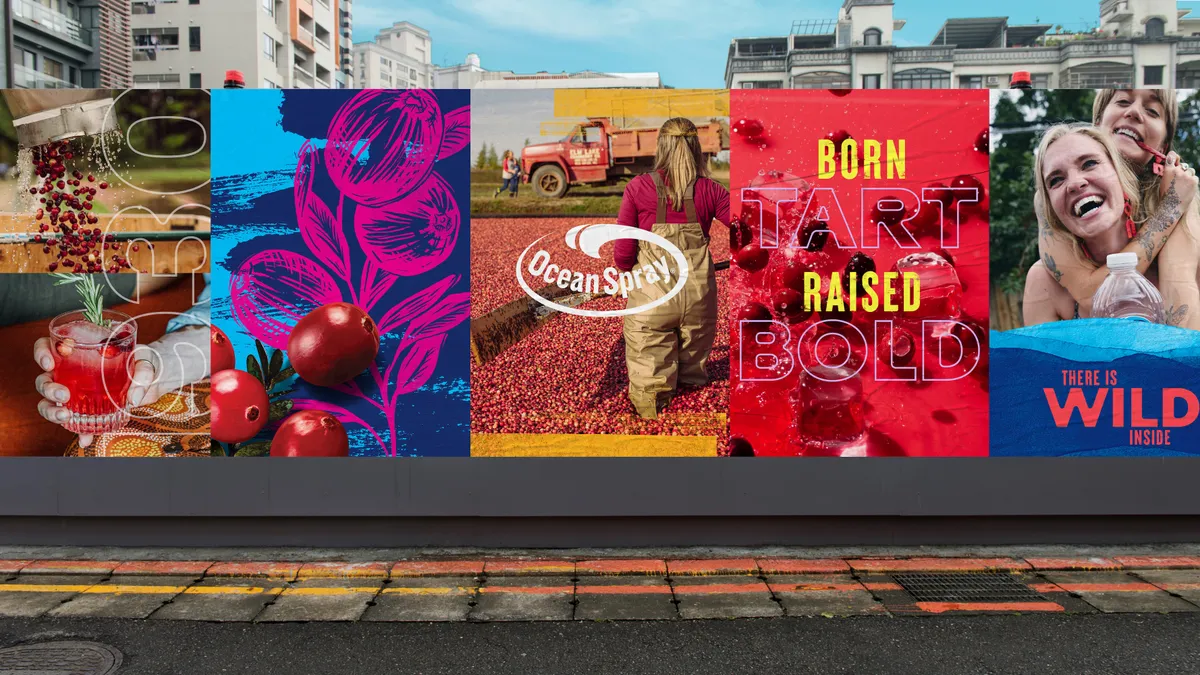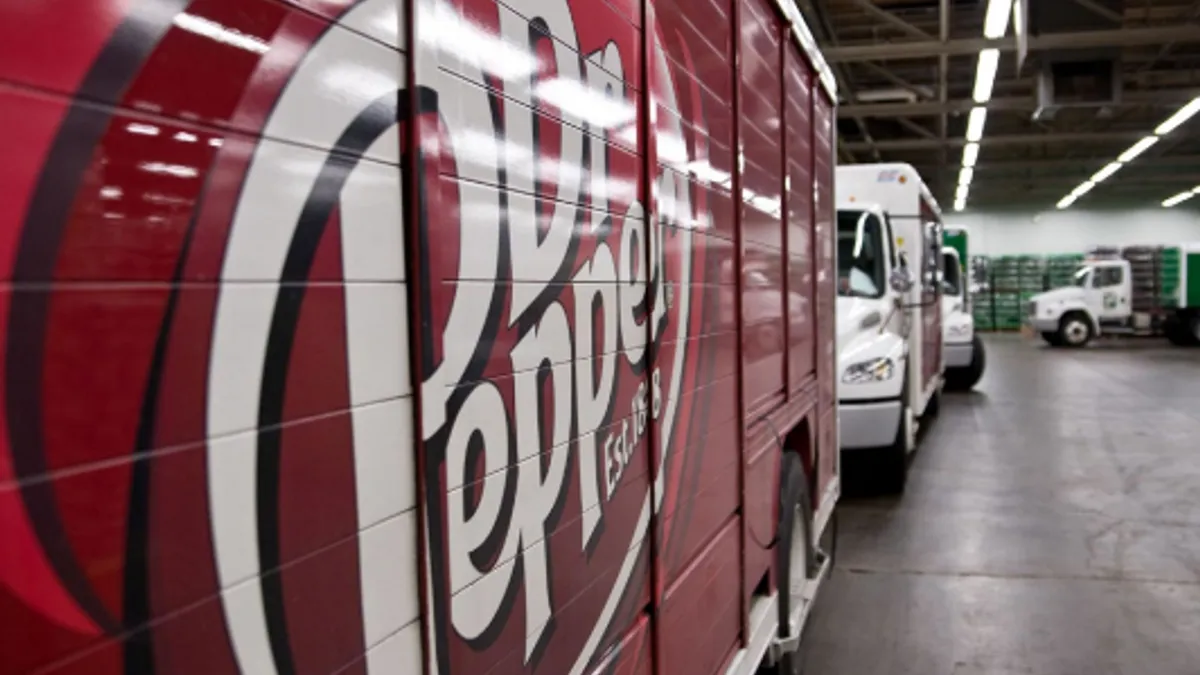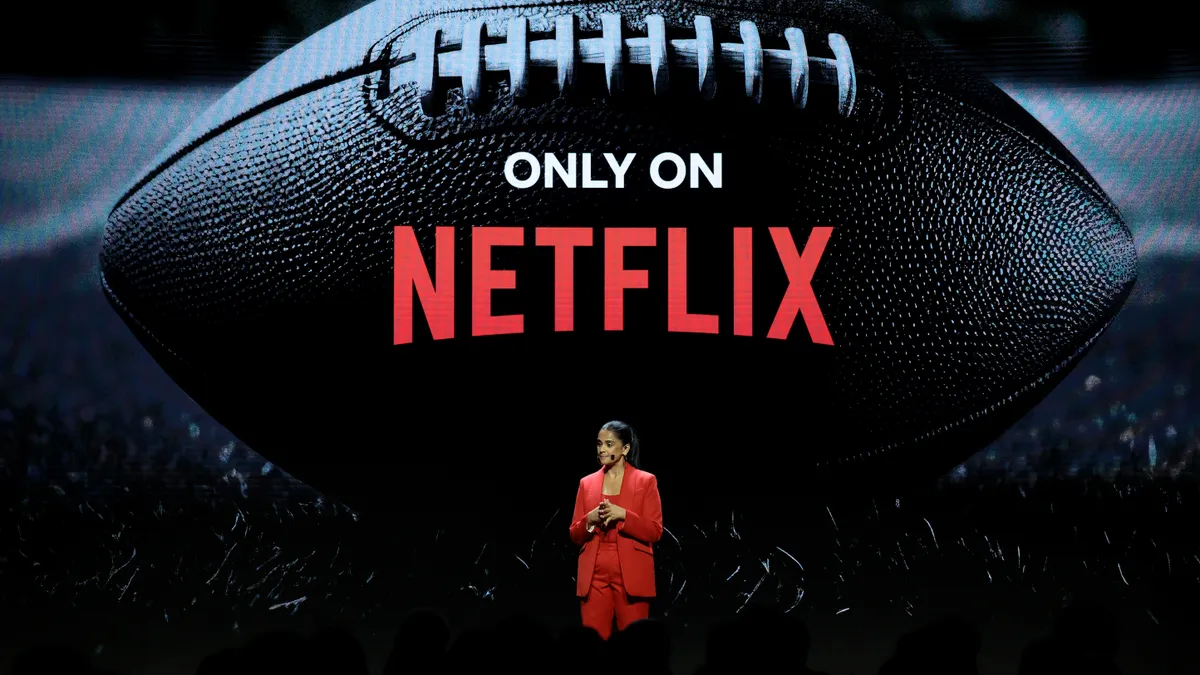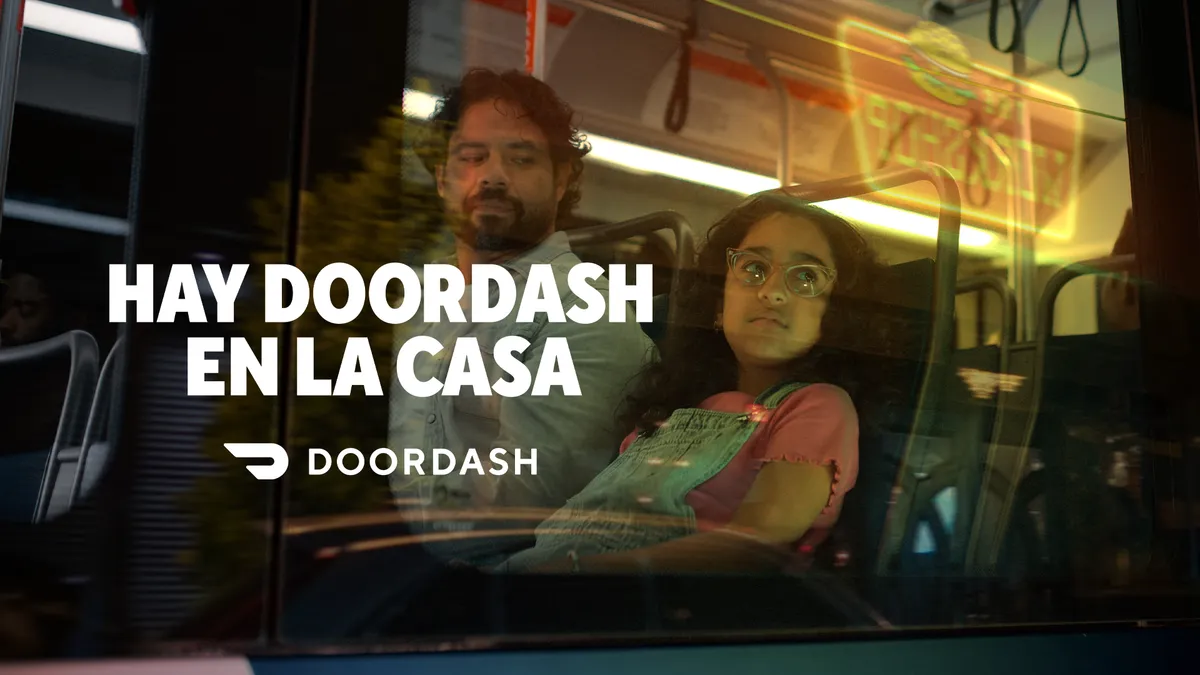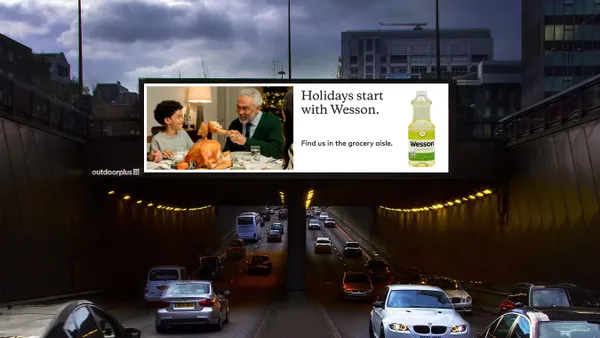Thanksgiving is just days away and brands have begun to roll out holiday campaigns in pursuit of sales. However, the end-of-year retail frenzy is again packed with surprises even as other areas of pressure ease.
This is the first holiday season not dogged by pandemic restrictions since 2020, and much of shopper behavior reflects consumers entering a new phase of what some brands term “revenge living.” Many are willing to shop, but they are likely to purchase fewer gifts. Some are spending with enthusiasm while others have put a buying spree on the back burner as economic concerns take precedence. A return to brick-and-mortar habits has made headlines, but social commerce could reach new highs. In the end, success this season is going to come down to the strength of emotional appeals.
Among the themes of this season is the damage to the consumer psyche caused by persistent inflation and economic woes this year, a state of mind that is shaping the way brands market themselves. Among U.S. households, 37% report that their financial situation is worse than last year and 73% believe product prices will be higher, according to Deloitte’s 2022 Holiday Retail Survey,
“As one of my friends and colleagues says, being on your favorite aunt’s shopping list this year is a lot tougher than it’s been in the past,” said Rod Sides, global insights leader at Deloitte.
That’s not to say there aren’t any bright spots. Average consumer spending this year is projected to hit $1,455, a minuscule drop from $1,463 a year prior, the survey found. Overall retail spending is projected to grow 4% to 6% and total between $1.45 and $1.47 trillion in the November-January period, per a Deloitte forecast. During the same period last year, the U.S. Census Bureau reported sales grew 15.1% to a total $1.39 trillion, the largest annual increase in a decade.
“What we're finding is that the lower income group this year will come roaring back. I think they have settled into this as the new normal.”

Rod Sides
Global Insights Leader, Deloitte
So while the money is there, the way consumers spend it is shifting, reflecting the experience-driven mindset many have adopted to make up for lost time during the pandemic. The average number of gifts given per consumer is expected to drop from 16 in 2021 to nine this year, while total spend on experiences, like concert tickets or restaurants, is expected to increase 7%.
Who is spending is also shifting, with a 7% decrease expected from higher-income shoppers, or those making over $100,000 per year. Lower earners, or those making under $50,000 per year, are expected to grow by 25%, per Deloitte.
”What we’re finding is that the lower income group this year will come roaring back,” Sides said. “I think they have settled into this as the new normal. [They] want to celebrate the holidays, [they] want to spend time with family.”
Gifting value
Reflecting consumer concern about the economy, 53% of marketers believe they won’t match 2021 profits, per a holiday benchmark survey by Commerce Next and The Commerce Experience Collective. Top concerns include the potential for a decrease in consumer spending (63%), worries over generating marketing return on investment (47%) and pressure to match deals and discounts (45%).
"While ‘tis the season, marketers are mindful that many people are struggling to make ends meet and are fighting the impact of inflation."

Mathieu Champigny
CEO, Industrial Color
Marketers looking to profit in the critical fourth quarter need to tap into the consumer mindset to be successful this year, said Mathieu Champigny, CEO of Industrial Color. Brands may opt to pursue more somber marketing strategies compared to flashier displays of holiday cheer to create a feeling of understanding that could be more likely to prompt consumers to buy, he continued.
“While ‘tis the season, marketers are mindful that many people are struggling to make ends meet and are fighting the impact of inflation,” Champigny wrote in an email. “So the message is about enjoyment of real life moments more than extravagant displays of glitters and shiny outfits.”
Some have already rolled out strategies addressing economic concerns. Kohl’s earlier this month unveiled its “More Gifts. More Savings.” campaign, which features TV spots focused on deals and promotions and a social media activation centered on savings hacks. Similarly, Walmart released an “Office Space”-inspired campaign promoting ongoing holiday promotions. The effort sees the big-box store lean away from Black Friday and instead push for Monday deals, which follows a growing movement away from the annual post-Thanksgiving savings event.
In hopes of reaching deal-driven consumers sooner, 45% of marketers plan to encourage consumers to shop earlier — reflected by moves from platforms like Amazon, which for the first time ever hosted a second Amazon Prime Day this year in early October. The shift in the holiday shopping season comes as 23% of shoppers are expected to spend their holiday budgets by the end of October, up from 18% the year prior, and the average shopping window is expected to be 5.8 weeks compared to 6.4 weeks in 2021, per the Deloitte holiday report.
Calling all Santas
In hopes of reaching consumers at the right time, 32% of marketers have plans to increase their promotional efforts, up from 13% in 2021, per the CommerceNext report. Outreach channels will also shift.
While paid search continues to reign supreme, affiliates and partnerships are predicted to be the second most-used strategy, besting paid social, which has typically held that spot. According to Shopify data cited in the report, affiliate marketing has grown 50% over the last five years.
“I'm gonna go not really that far out on the limb, and just say that what we're seeing is emerging digital, CTV and digital audio is at skyrocket level.”

Damian Benders
General Manager, B Code Media
The move away from paid social will be particularly helpful for brands this holiday season, especially among younger consumers, said Daniel Cobb, CEO of Daniel Brian Advertising.
“The influencer community and the affiliate community, that's going to be where the new opportunity is rather than paid ads because this generation is really cynical of paid ads and they're even starting to get cynical of influencers,” Cobb said.
There’s also a step away from linear television as marketers continue to see challenges in measurement and dropping ratings. An emphasis on streaming platforms will follow, said Damian Benders, general manager of B Code Media, who added that the interest in channels like digital, connected TV and audio is “at skyrocket level.”
However, paid social could still play a role as 34% of consumers and 60% of Gen Z plan to use social media for their holiday shopping, according to Deloitte. Much of American Eagle’s holiday strategy revolves around the medium and includes a heavy focus on Snapchat’s augmented-reality tool, a hashtag challenge on TikTok and a teased presence on BeReal.
Some, including American Eagle, are also taking to the metaverse, though it comes with its own set of challenges as an emerging concept. Pacsun’s holiday campaign revolves around the idea of bridging virtual and physical realms, with a minute-long spot featuring a virtual reality headset that transports users to a fictitious “PacVerse” that includes futuristic experiences with real people. Coinciding with the campaign, Pacsun also expanded its Roblox PacWorld presence to feature a holiday store.
Connecting the real and digital worlds is likely to be the basis of holiday metaverse strategies as marketers continue exploring ways to profit from the concept, Champigny said.
“Phygital marketing in the metaverse is just at its infancy, but this holiday season we are seeing more marketing initiatives and experiences merging the physical and digital world, one side feeding the other side with engagement opportunities,” he said.
Intentional messaging
Consumers this year are also taking purpose to heart as they build their holiday lists. Amid a strong interest in sustainability, 39% of consumers report they will be purchasing sustainable gifts whenever possible, per Deloitte, and 41% say they prefer shopping at stores that promote sustainable practices.
From a retailer’s standpoint, 35% report at least half of their holiday inventory is responsibly sourced or environmentally friendly. Further, 48% report they will sell refurbished or used items this season to support 32% of consumers who plan to buy resale items, with money saving and ethics being two main drivers of such behavior.
Similar to themes common in last year’s holiday efforts, brands have also looked to cater to experience-driven consumers with marketing centered on diverse cultural traditions. Such efforts come as three-in-four multicultural shoppers report they want more retail advertising to be created with them in mind and over five in ten say they feel it is important for holiday advertising to include elements of their respective cultures, per a My Code holiday analysis conducted in October.
“The holidays are actually one of the unique times where there's an overall positive outlook, there's an overall sort of warm sentiment,” said Damian of B Code, an extension of multicultural digital marketing agency My Code that focuses on reaching Black consumers. “It's one of the best opportunities if you want to experiment and say ‘Hey, let me show you that I care about your culture, understand your culture, and can demonstrate it.’ It's a good time to do that.”
Diversity-focused campaigns have already come to light this season. In mid-October, Ritz unveiled its holiday effort, “Our Holidays,” which features a tie-up with Bon Appetit to create a recipe book and video series exploring how different cultures celebrate the occasion. Earlier this month, JCPenney launched a series of spots featuring diverse families and a peek into how they celebrate the holidays.
“I expect to see a number of brands really come with, at least if not their entire campaign, portions of it that specifically speak to a target group that they're going after in that period of time,” Benders said.
“It's one of the best opportunities if you want to experiment and say, ‘Hey, let me show you that I care about your culture.’”

Damian Benders
General Manager, B Code Media
However, brands looking to connect with multicultural consumers need to ensure messaging comes from a place of genuine interest, he continued. To successfully reach diverse communities, they must feel a connection to a brand’s actions and values.
“That's ultimately what it's about,” said Benders. “What actually is meaningful, for one, is do you care about these communities? And if these people are part of your audience, what is it that you want to be doing to give back and to provide access to them?”







